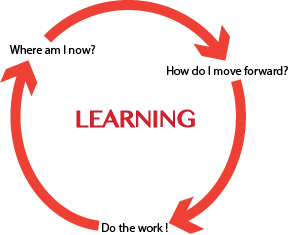Stuck in a rut?
So you can play OK now, you know a few scales, your hands are working well enough and you can even improvise and jam with friends or riff around by yourself at home. That's great and you've come a long way but maybe it's just not doing it for you any more, you feel like you're playing the same old stuff all the time. You're stuck in a rut.
It happens to all of us, congratulations it's part of the journey and you'll get through it eventually but in the mean time here are a few hints to help make that happen.

